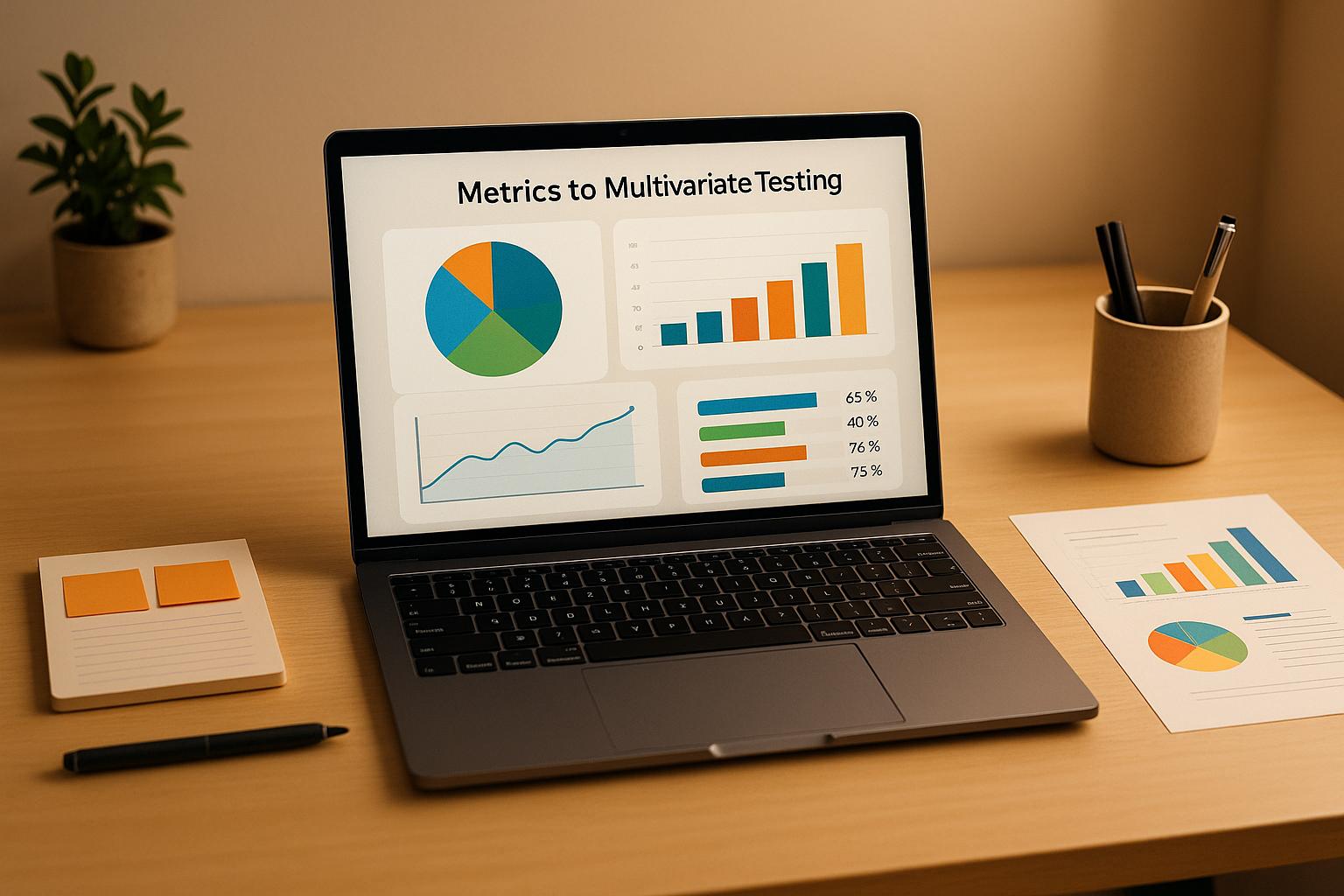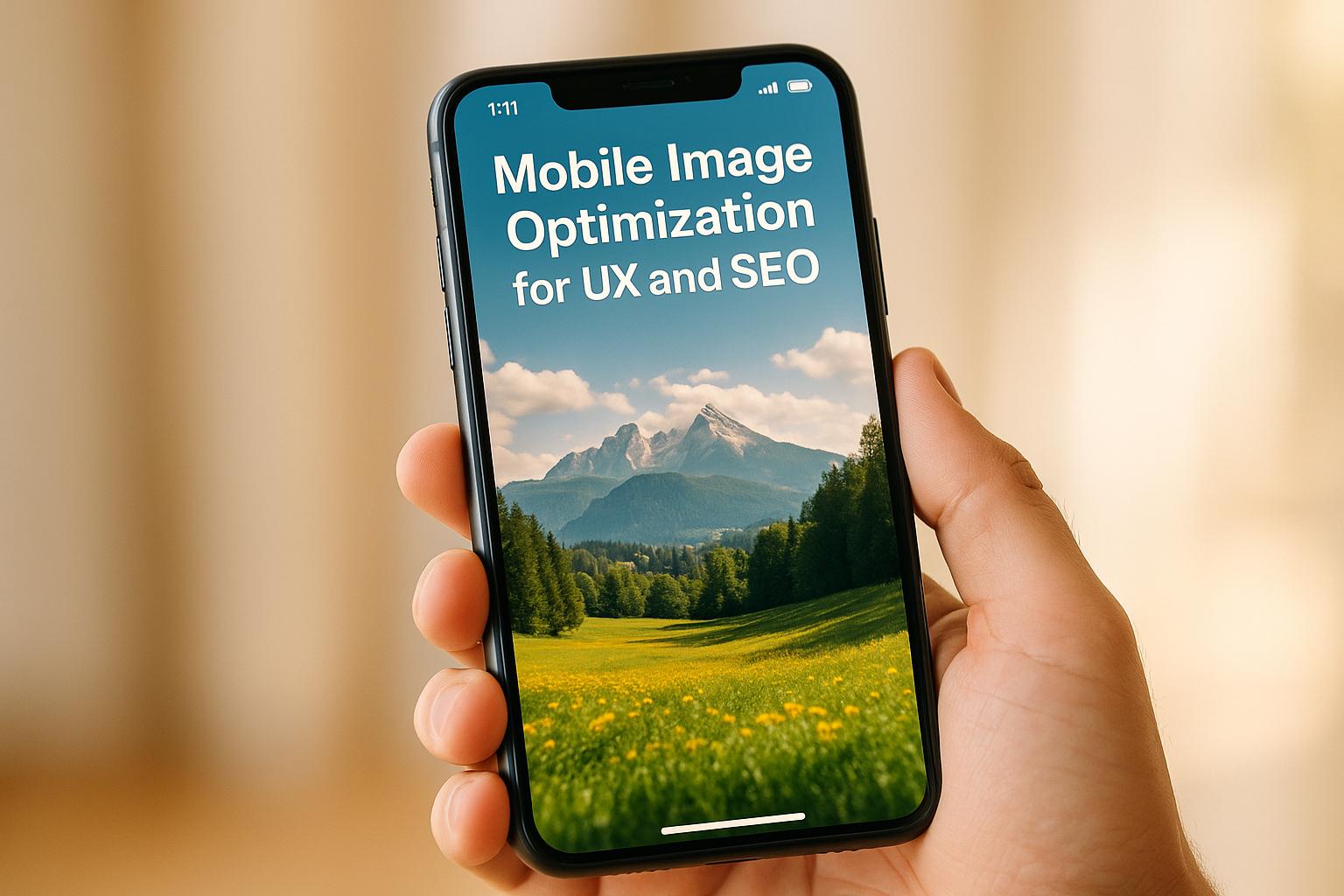

Master Multi Variable Testing: Optimize Smarter, Faster

Master Multi Variable Testing: Optimize Smarter, Faster
 28-01-2025 (Last modified: 21-05-2025)
28-01-2025 (Last modified: 21-05-2025)
Making smart decisions in business isn’t just a nice-to-have – it’s what separates thriving brands from those stuck in limbo. Whether you’re fine-tuning your website, rolling out a marketing campaign, or developing the next big product, having solid data to back your choices is key. That’s where multi-variable testing comes in.
Think of it as your secret weapon for figuring out what works and what doesn’t. This post will break down what multi-variable testing is, why it’s such a game-changer, and how you can use it to get the best results – whether you’re tweaking ad copy, optimizing your website, or improving product features. Let’s dive in!
What Is Multi-Variable Testing?
Multi-variable testing, often referred to as multivariate testing, is an advanced testing method that evaluates how multiple variables on a webpage, app, or product interact with one another. Unlike A/B testing, which compares two versions of a single element, multi-variable testing examines all possible combinations of changes across several variables simultaneously.

Example:
Imagine you’re optimizing a landing page and want to test the following:
- Headline: “Boost Your Savings Today” vs. “Save More with Us”
- CTA Button Color: Green vs. Blue
- Hero Image: Product shot vs. Lifestyle image
With multivariate testing, you’d test all combinations (2x2x2 = 8) to determine which set of changes works best together.
Why Is It Important?
Multi-variable testing offers unique benefits that go beyond what simpler testing methods provide:
- Holistic Insights: Unlike A/B testing, which isolates a single variable, multivariate testing reveals how multiple elements interact and influence each other.
- Enhanced Optimization: By testing combinations, you can find the best-performing setup, leading to more effective outcomes.
- Informed Decision-Making: Data-driven insights reduce guesswork and ensure your decisions are based on actual user behavior.
- Improved ROI: Whether it’s a marketing campaign or a product design, optimizing every element results in better performance and higher returns.
Applications
Multi-variable tests are versatile and can be applied across various aspects of a business. Here’s how it can be used in different industries:
1. Marketing Campaigns
- Email Marketing: Test subject lines, email layouts, and CTA buttons to find the perfect combination for higher open and click-through rates.
- Social Media Ads: Experiment with ad copy, visuals, and targeting options to optimize campaign performance.
Example: A company tests three ad headlines, two CTA phrases, and two images for a social media campaign. Multivariate testing identifies the combination that generates the most clicks and conversions.
2. Website Design
- Landing Pages: Optimize headlines, form fields, and images to increase conversions.
- Navigation Menus: Test the placement and wording of menu items to improve user engagement.
Example: An e-commerce site tests different layouts, banner images, and CTA colors on its homepage. Multivariate testing reveals the combination that keeps visitors engaged the longest.

3. Product Development
- Features: Test different feature sets to see which combination resonates most with users.
- Pricing Models: Experiment with pricing tiers, discount structures, and payment plans.
Example: A SaaS company tests three feature bundles and two pricing models. Multivariate testing helps identify the most popular configuration among users.
Multivariate Testing vs. A/B Testing
While both testing methods aim to optimize performance, they differ significantly:
| Feature | Multivariate Testing | A/B Testing |
|---|---|---|
| Scope | Tests multiple variables simultaneously | Focuses on one variable at a time |
| Insights | Reveals interactions between variables | Identifies the impact of a single change |
| Traffic Requirement | Requires high traffic due to multiple combinations | Requires less traffic |
| Best Use Case | Complex pages with multiple elements to test | Simple, high-impact changes |
When to Use Multi-Variable Tests:
- When you have high traffic and multiple elements to optimize.
- When you need to understand how elements work together.
When to Use A/B Tests:
- When testing a single variable or making incremental changes.
- When traffic is limited.
Best Practices
To get the most out of your testing efforts, follow these best practices:
1. Define Clear Goals
What do you want to achieve? Whether it’s boosting conversions, reducing bounce rates, or increasing engagement, having a specific objective will guide your test design.
2. Prioritize High-Impact Elements
Focus on variables that are likely to have the greatest influence on your desired outcome, such as headlines, CTAs, or imagery.
3. Ensure Adequate Traffic
Because multi-variable testing involves multiple combinations, you’ll need significant traffic to achieve statistically significant results.
4. Use Reliable Tools
Platforms like PageTest.ai, Optimizely, and VWO simplify the process of setting up and analyzing multi-variable tests.
5. Test on High-Traffic Pages
Run tests on pages or campaigns with substantial traffic to gather data faster.
6. Monitor Results Regularly
Track your test’s progress to ensure everything is running smoothly and make adjustments if necessary.
7. Analyze and Act
Once the test concludes, analyze the data to identify the best-performing combination. Use these insights to make informed decisions.
Benefits of Multi-Variable Testing
- Comprehensive Insights: Understand how variables interact and their combined effect on user behavior.
- Efficiency: Test multiple elements in one experiment, saving time compared to running sequential A/B tests.
- Higher Accuracy: Identify optimal combinations that might be missed with simpler testing methods.
- Scalability: Suitable for large-scale projects and high-traffic platforms.
Challenges
- Traffic Demands: The more variables you test, the more traffic you’ll need to achieve statistical significance.
- Complex Setup: Designing and analyzing multi-variable tests can be more challenging than simpler methods.
- Time-Consuming: Tests involving numerous combinations may take longer to complete.
Solution: Use tools like PageTest.ai to automate and simplify the testing process.
Tools for Testing
Here are some top platforms for running tests:
- PageTest.ai: Combines A/B and multi-variable testing with AI-powered insights.
- Optimizely: An enterprise-grade platform with robust experimentation features.
- VWO (Visual Website Optimizer): Offers multi-variable testing alongside heatmaps and session recordings.
- Adobe Target: Ideal for large-scale businesses with complex testing needs.
Conclusion: Why It Matters
Multi-variable testing is a game-changer for businesses looking to optimize their digital experiences, marketing campaigns, and product designs. By testing multiple variables simultaneously, you gain deeper insights into user behavior and discover the best combinations to achieve your goals.
While it requires more traffic and resources than simpler methods, the benefits—from improved user experiences to higher ROI—make it worth the investment. By following best practices and using reliable tools, you can unlock the full potential of multi-variable testing and drive meaningful results for your business.
Ready to start testing? Dive in and see how the power of optimization can transform your business outcomes!
Q&A: Multi-Variable Testing
What is multi-variable testing?
It’s a testing method that evaluates multiple elements at once to see how different combinations perform together.
How is it different from A/B testing?
A/B testing compares one change at a time; multi-variable testing analyzes how several variables interact simultaneously.
When should I use multi-variable testing?
Use it when you have high traffic and want to test combinations of changes on complex pages or campaigns.
What are the benefits of multi-variable testing?
It delivers deeper insights, saves time, and helps identify the best-performing combinations of elements.
Which tools support multi-variable testing?
PageTest.ai, VWO, Optimizely, and Adobe Target all offer multi-variable testing capabilities.
say hello to easy Content Testing
try PageTest.AI tool for free
Start making the most of your websites traffic and optimize your content and CTAs.
Related Posts

 18-10-2025
18-10-2025
 Ian Naylor
Ian Naylor
10 Metrics to Track in Multivariate Testing
Explore the top 10 essential metrics to track in multivariate testing for optimizing website performance and driving better conversions.

 16-10-2025
16-10-2025
 Ian Naylor
Ian Naylor
Mobile Image Optimization for UX and SEO
Optimizing images for mobile enhances user experience, boosts SEO, and drives higher conversions by ensuring faster load times and improved visuals.

 14-10-2025
14-10-2025
 Ian Naylor
Ian Naylor
How to Reduce Cart Abandonment in Checkout
Explore effective strategies to minimize cart abandonment during checkout, enhancing customer trust and boosting conversion rates.
